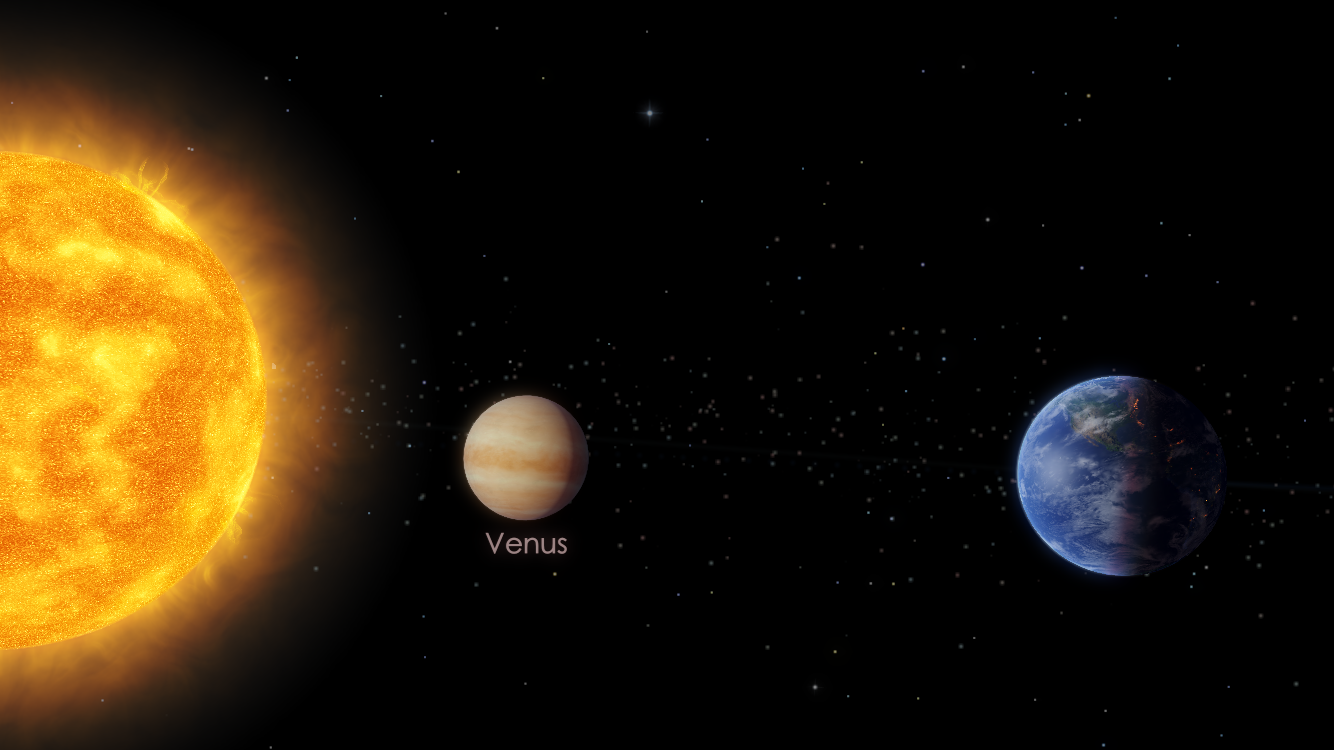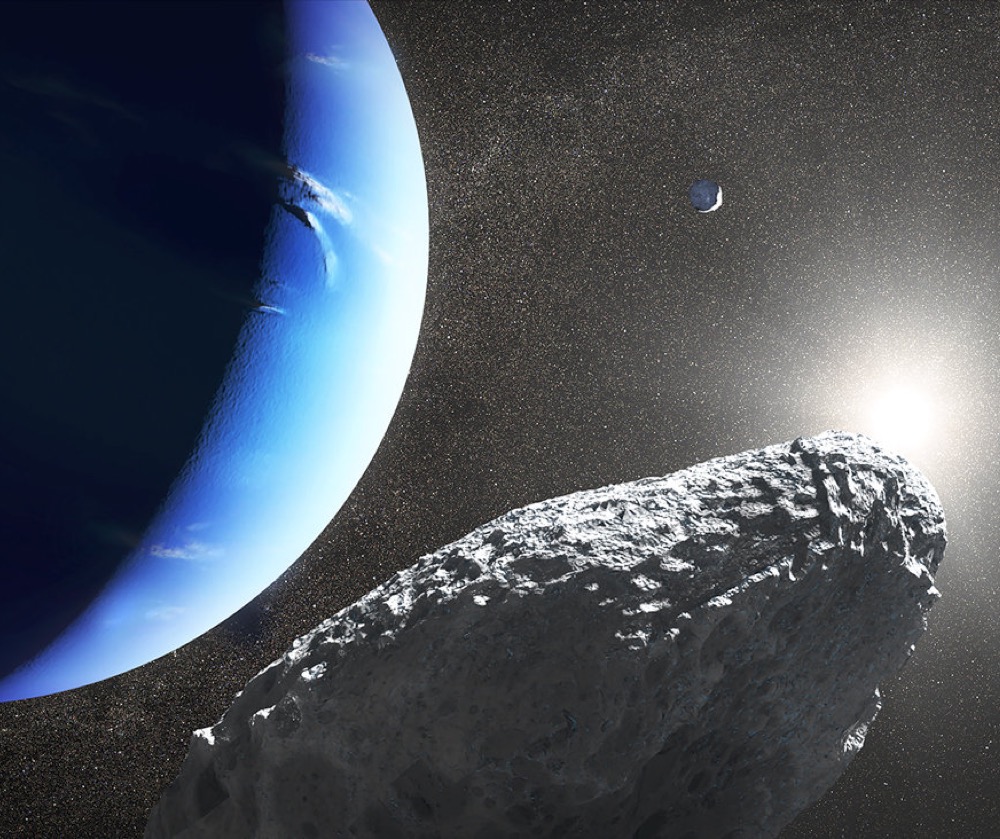
However, at the sun’s core the temperature is about 15 million degrees C (27 million degrees F). This electrically charged gassy star has an outer layer, called the photosphere, which registers about 5,500 degrees Celsius (10,000 degrees Fahrenheit). The sun isn’t a planet, but is a dwarf star-Earth’s nearest star.
GAINESVILLE SOLAR WALK NEPTUNE DOWNLOAD
īefore heading out on the Planet Walk path, download a 10-question scavenger hunt and learn interesting facts about our solar system. Select from the planets below to learn more about them, or explore further online at. The Planet Walk was sponsored by the Geophysical Institute. A student artist from the College of Liberal Arts produced the design concept. The UAF Planet Walk was developed by members of the Alaska chapter of the Society of Physics Students, a club associated with the College of Natural Science and Mathematics. Students have many opportunities to participate in cutting-edge research at UAF, a Land, Sea and Space Grant university. UAF Geophysical Institute faculty and students have contributed to space missions exploring the solar system, including NASA’s New Horizons mission to Pluto and the Kuiper Belt. Planning to land on Jupiter? Forget it – this planet is hot and gaseous, and has no solid surface. The size comparison on the signs is 10 times larger than the distance scale in order to make Pluto visible on its sign if the sun was scaled to the size of a basketball then a visitor would have to walk almost 10 miles to see the whole installation!Īlong the way, you might discover that the sunny side of Mercury is hotter than a pizza oven, or that there are clouds of sulfuric acid on Venus, or that the diameter of Pluto is roughly equivalent to the longest length of Alaska from top to bottom. The location of each sign is scaled to approximate the featured planet’s distance from the sun. Each station presents an image of the planet and information about it. A 10th sign highlights Pluto, which was reclassified as a dwarf planet in 2006. As you move east along Yukon Drive, nine signs represent the sun, Mercury, Venus, Earth, Mars, Jupiter, Saturn, Uranus and Neptune. This analysis will critically assess the functional output of the previously identified modular organization of muscle activity in walking and investigate whether it provides a foundation for the neuromotor control of human locomotion.The Planet Walk begins at the west end of Yukon Drive, near the intersection with Koyukuk Drive. The purpose of this study was to generate muscle-actuated forward dynamics simulations of normal healthy walking using muscle activation modules identified using nonnegative matrix factorization as the muscle control inputs to a) assess whether the modules are sufficient to produce well-coordinated walking, and b) identify the contributions of each module to the necessary biomechanical walking sub-tasks of body support, forward propulsion and leg swing. However, no study has explicitly tested whether the modules would actually produce the biomechanical functions associated with them or even produce a well-coordinated movement. Modular organization has been shown to explain muscle activity across a wide range of walking speeds, levels of body weight support and other combined movement tasks (e.g., ). Recent evidence suggests that performance of complex locomotor tasks such as walking may be accomplished using a simple underlying organization of co-active muscles, or “modules”, which have been assumed to be structured to perform task-specific biomechanical functions (e.g., to provide body support and forward propulsion).


Journal of Engineering Materials and Technology.Journal of Engineering for Sustainable Buildings and Cities.Journal of Engineering for Gas Turbines and Power.Journal of Engineering and Science in Medical Diagnostics and Therapy.Journal of Electrochemical Energy Conversion and Storage.Journal of Dynamic Systems, Measurement, and Control.Journal of Computing and Information Science in Engineering.



 0 kommentar(er)
0 kommentar(er)
